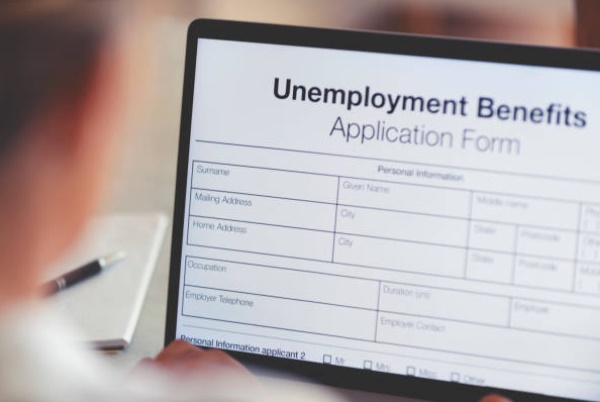The quantity of Americans looking for joblessness benefits fell by 89,000 a week ago to an actually raised 803,000, proof that the occupation market stays under pressure nine months after the Covid flare-up sent the U.S. economy into downturn and caused a huge number of cutbacks.
The most recent figure, delivered Wednesday by the Labor Department, shows that numerous businesses are as yet eliminating positions as the pandemic fixes business limitations and leads numerous purchasers to remain at home. Before the infection struck, jobless cases commonly numbered around 225,000 every prior week shooting up to 6.9 million in late-winter when the infection — and endeavors to contain it — leveled the economy. The speed of cutbacks has since declined yet remains truly high notwithstanding the resurgence of COVID-19 cases.
“The way that over nine months into the emergency, beginning cases are as yet running at quite an elevated level is, in supreme terms, awful news,” Joshua Shapiro, boss U.S. business analyst at the financial counseling firm Maria Fiorini Ramirez Inc., wrote in an exploration note. “With the pandemic again deteriorating, all things considered, cases will remain very raised for quite a while.”
The most recent information on joblessness claims went ahead the very day that the public authority revealed that purchaser spending — the central driver of the economy — fell in November unexpectedly since April. The 0.4% drop, coming amidst the significant Christmas shopping season, added to worries that powerless customer spending will slow the economy in coming months. Business analysts recommended that the viral emergency, joined with lessened pay and colder climate, likely drove Americans to pull back in November.
Additionally on Wednesday, the public authority said that deals of new single-family homes sank 11% from October to November, however buys stay up almost 21% from a year back. Supported by absolute bottom home loan rates, lodging has demonstrated strong since the health emergency emitted the previous spring.
Another report Wednesday indicated that requests to U.S. industrial facilities for significant expense fabricated merchandise rose a moderate 0.9% in November, with a key classification that tracks business venture plans demonstrating an increase. The ascent in requests for solid merchandise, which are things that are relied upon to last in any event three years, followed significantly more grounded gains as of late. The speed of requests has now almost recaptured its pre-pandemic level.
In its report on applications for joblessness help, the public authority said the all out number of individuals who are getting customary state benefits tumbled to 5.3 million for the week that finished Dec. 12 from seven days sooner. That figure had crested toward the beginning of May at almost 23 million. The consistent decrease from that point forward implies that some jobless Americans are looking for some kind of employment and done getting help. In any case, it likewise shows that huge numbers of the jobless have spent their state benefits, which ordinarily lapse following a half year.
Millions more jobless Americans are presently gathering checks under two government programs that were made in March to facilitate the financial agony caused by the pandemic. Those projects had been set to lapse the day after Christmas. On Monday, Congress consented to expand them as a feature of a $900 billion pandemic salvage bundle.
On Tuesday night, however, President Donald Trump out of nowhere raised questions about that guide and other government cash by assaulting Congress’ salvage bundle as insufficient and proposing that he probably won’t sign it into law.
The supplemental government jobless advantage in Congress’ new measure has been set at $300 every week — just a large portion of the sum gave in March — and will terminate in 11 weeks. A different advantages program for jobless individuals who have depleted their ordinary state help and another advantages program for independently employed and gig laborers will likewise be broadened uniquely until late-winter, a long time before the economy will probably have completely recuperated.
